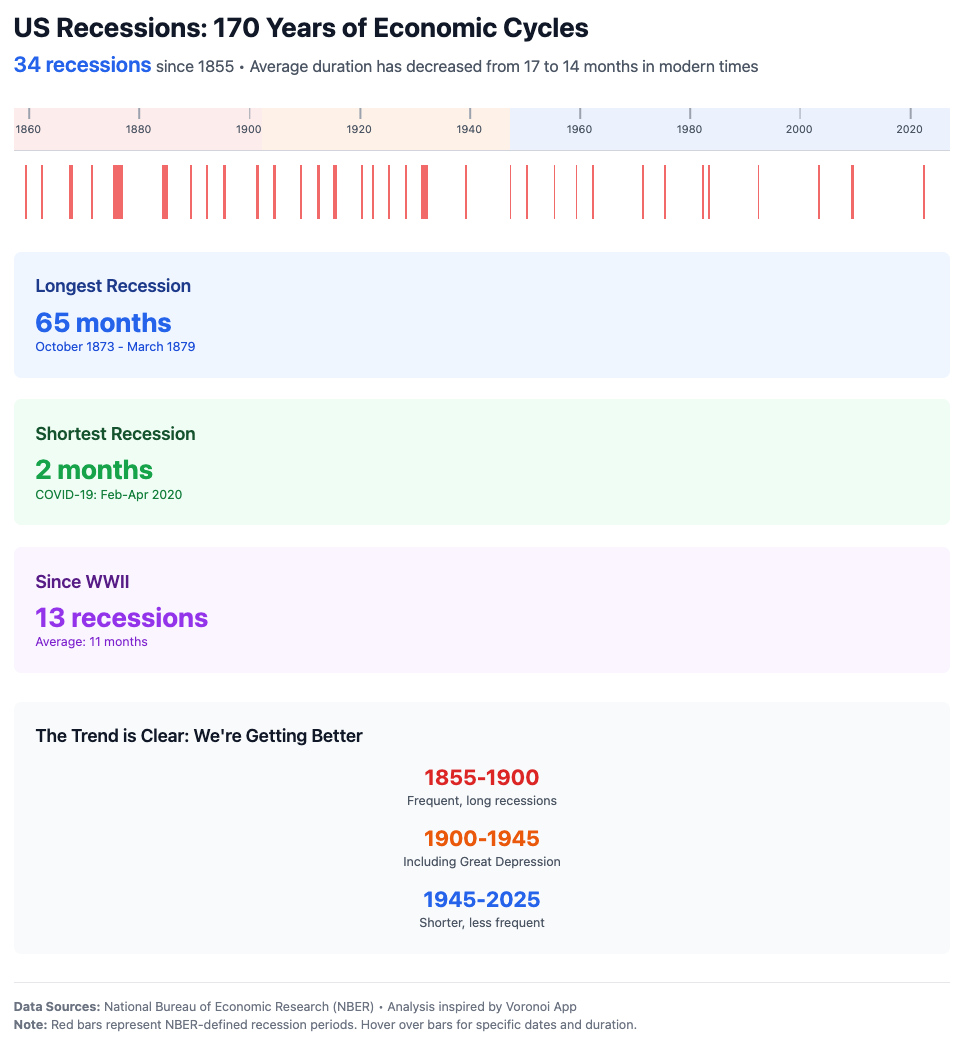Navigating Bond Investment Strategies with an Insight into the Yield Curve 101
- Anatoly Iofe

- Oct 16, 2023
- 3 min read

Investing in bonds is an integral part of a well-rounded financial portfolio. Bonds are typically viewed as a safer investment relative to stocks, offering a fixed return through regular interest payments. However, the effectiveness of various bond investment strategies can depend heavily on the market conditions, interest rate environments, and individual financial goals. Let's delve into some popular strategies, elucidating the pros and cons in a simple, educational way.
Understanding the Yield Curve
Before diving into bond investment strategies, let's illuminate the concept of the Yield Curve - a crucial tool that can substantially influence investment decision-making in the bond market. In its essence, the yield curve is a graphical representation that plots the yields (interest rates) of bonds with equal credit quality but differing maturity dates. The x-axis represents the time to maturity, while the y-axis indicates the yield.
There are primarily three types of yield curves:
Normal Yield Curve: Longer-term bonds have higher yields compared to shorter-term bonds, illustrating an upward sloping curve.
Inverted Yield Curve: The yields on shorter-term bonds exceed those on longer-term bonds, resulting in a downward slope.
Flat or Humped Yield Curve: Yields are relatively similar across all maturities, creating a flat appearance.
Investors can leverage the yield curve to gauge the health of the economy and decide on potential investment strategies. For instance, a normal yield curve often indicates economic expansion, inviting strategies that cater to a growing economy. Conversely, an inverted yield curve is frequently perceived as a harbinger of recession, prompting investors to perhaps adopt more conservative strategies.
Exploring Bond Investment Strategies
With the yield curve as a backdrop, let’s embark on a journey through various bond investment strategies, understanding each one’s methodology along with its merits and demerits in a simplified manner.
Laddering
Strategy: Investing in bonds with varied maturity dates, spreading risk and liquidity over time.
Pros: Mitigated interest-rate risk and diversified maturity exposure.
Cons: Possible lower returns and administrative complexity.
Barbell Strategy
Strategy: Allocating investments in short-term and long-term bonds while bypassing intermediate ones.
Pros: Benefit from both liquidity (short-term) and higher yield (long-term).
Cons: Subjected to interest rate risk and absence in the potentially stable intermediate sector.
Bullet Strategy
Strategy: Investing in bonds that all mature at the same time.
Pros: Strategic targeting of specific yield environments and simplicity in management.
Cons: Exposure to interest rate risks and limited diversification.
Buy and Hold Strategy: Retaining bonds until they mature to receive both interest payments and the principal amount.
Pros: Predictable income and low management effort.
Cons: Vulnerability to interest rate fluctuations and opportunity cost.
Active Management Strategy: Continuously trading bonds to leverage anticipated market fluctuations.
Pros: Possibility of higher returns and adaptability to market dynamics.
Cons: Potential for increased costs and dependency on accurate predictions.
Passive Management Strategy: Replicating a bond index to mirror its returns.
Pros: Lower costs and reduced risk related to active management.
Cons: Incapacity to beat the market and limited strategic flexibility.
Tailoring Your Bond Investment Journey
Your optimal strategy might incorporate elements from multiple approaches mentioned above, as aligning investments with financial goals, risk tolerance, and market perceptions is paramount. A nuanced understanding of both the yield curve and distinct strategies provides a foundation upon which informed bond investments can be constructed. Always consider engaging with a financial advisor to tailor your strategy seamlessly with your fiscal landscape, ensuring a journey that is both robust and attuned to your financial aspirations.
Have questions, schedule your no-obligation consultation here.
The information in this material is not intended as tax or legal advice. Please consult legal or tax professionals for specific information regarding your individual situation.




